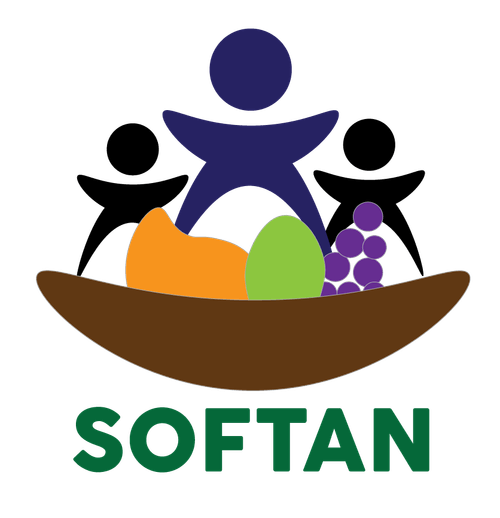Co-regulation helps children learn to manage their emotions with the support of a trusted adult. When kids are having emotional outbursts, parents need to stay composed while helping their children develop the skills to handle similar challenges in the future.
What is Co-regulation?
Co-regulation is a dynamic, supportive interaction where caregivers help children and teens regulate emotions. According to child psychologist Lauren Marchette, this process involves warm and responsive interactions that help children calm down during emotional distress. However, to do this effectively, adults must first regulate their own emotions, as emotions are often contagious.
How Does Co-regulation Build Emotional Skills?
Through co-regulation, children develop self-regulation, which involves emotional awareness, emotional regulation, social skills, problem-solving, and more. These skills are key to handling stress, avoiding rash decisions, and adapting to challenges. Practicing co-regulation helps children resist immediate gratification and manage big emotions, which can lead to long-term benefits such as improved decision-making and problem-solving.
Who Benefits from Co-regulation?
All children benefit from co-regulation, but it is especially helpful for children facing stressors like family hardship or trauma. By teaching emotional skills through this supportive process, parents, teachers, and other caregivers can help kids build healthier relationships and cope with life’s challenges.
How Effective is Co-regulation?
While there’s more research on its impact in younger children, co-regulation is built on solid principles that help foster emotional growth in kids of all ages. More studies are needed to assess its effectiveness in older children and teens, but clinical experiences suggest it works.
How Can Parents Practice Co-regulation?
Co-regulation requires a warm, structured relationship with clear expectations. When a child is overwhelmed, the steps to co-regulation include:
- Self-regulate: Pause and manage your own emotions.
- Validate: Acknowledge the child’s feelings.
- Observe: Assess how the child is responding.
- Respond: Adjust your response to calm the child, whether through words or actions like touch.
For example, when a 12-year-old named Eric gets frustrated with a school assignment and begins throwing things, his mother calms herself first. She validates his feelings, offers him a break, and helps him re-approach the task after cooling down.
Resources for Co-regulation
The Administration for Children and Families offers free videos on co-regulation. Therapists specializing in behavioral parent training or cognitive behavioral therapy can also provide valuable support.
Parents should remember that co-regulation is a skill that can be developed. Even if self-regulation doesn’t come naturally, it can be strengthened over time.








